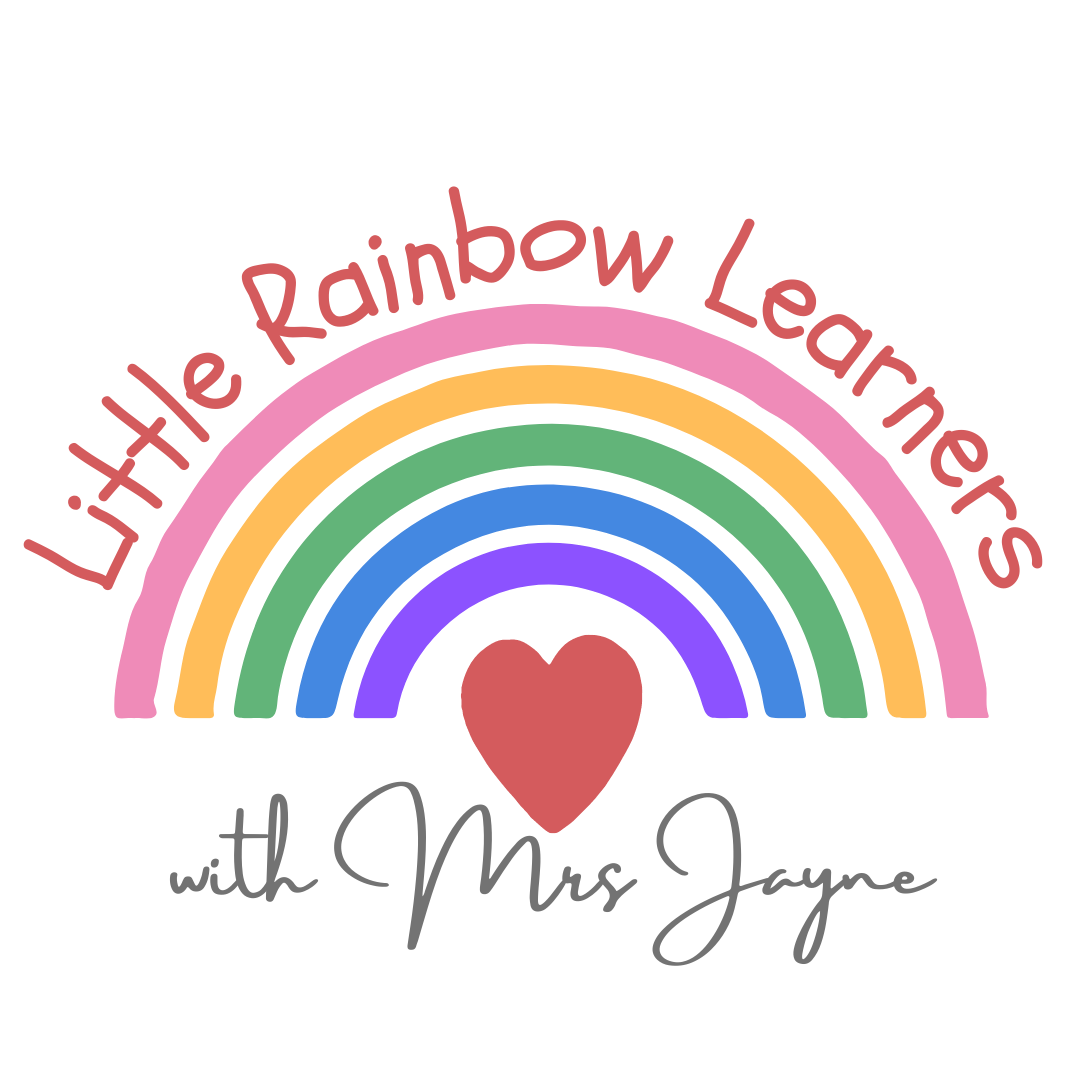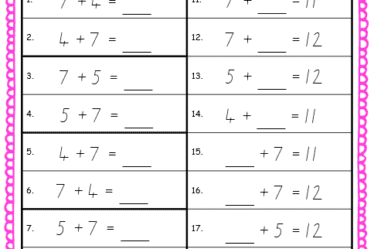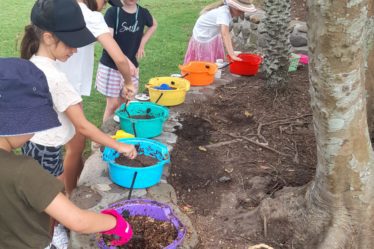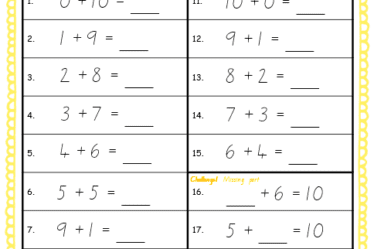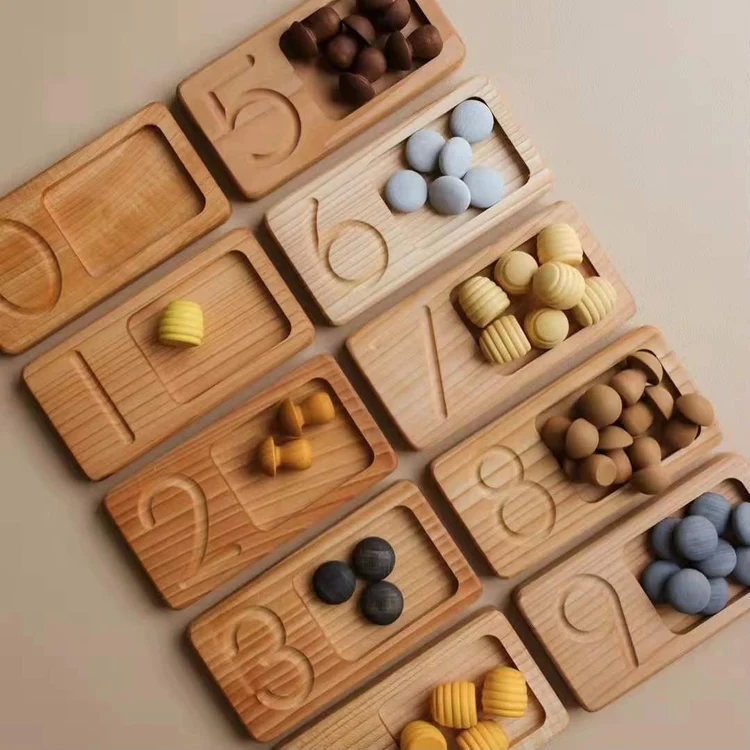
Let’s explore early years teaching strategies for addition in the first year of school in Australia. Although each Australian state has it’s own requirements for the age children can begin school, it is compulsory by law for all Australian children to be enrolled in a school (either a traditional school or a homeschooling program) by the time they’re 6 years old. So, we’re talking about 4.5 to 6 year olds here. This age group has specific learning needs, so specific early childhood teaching resources and early years teaching strategies are a must.
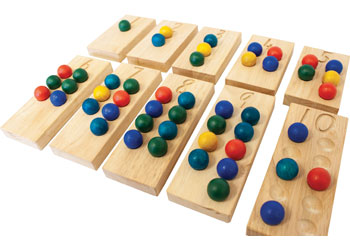
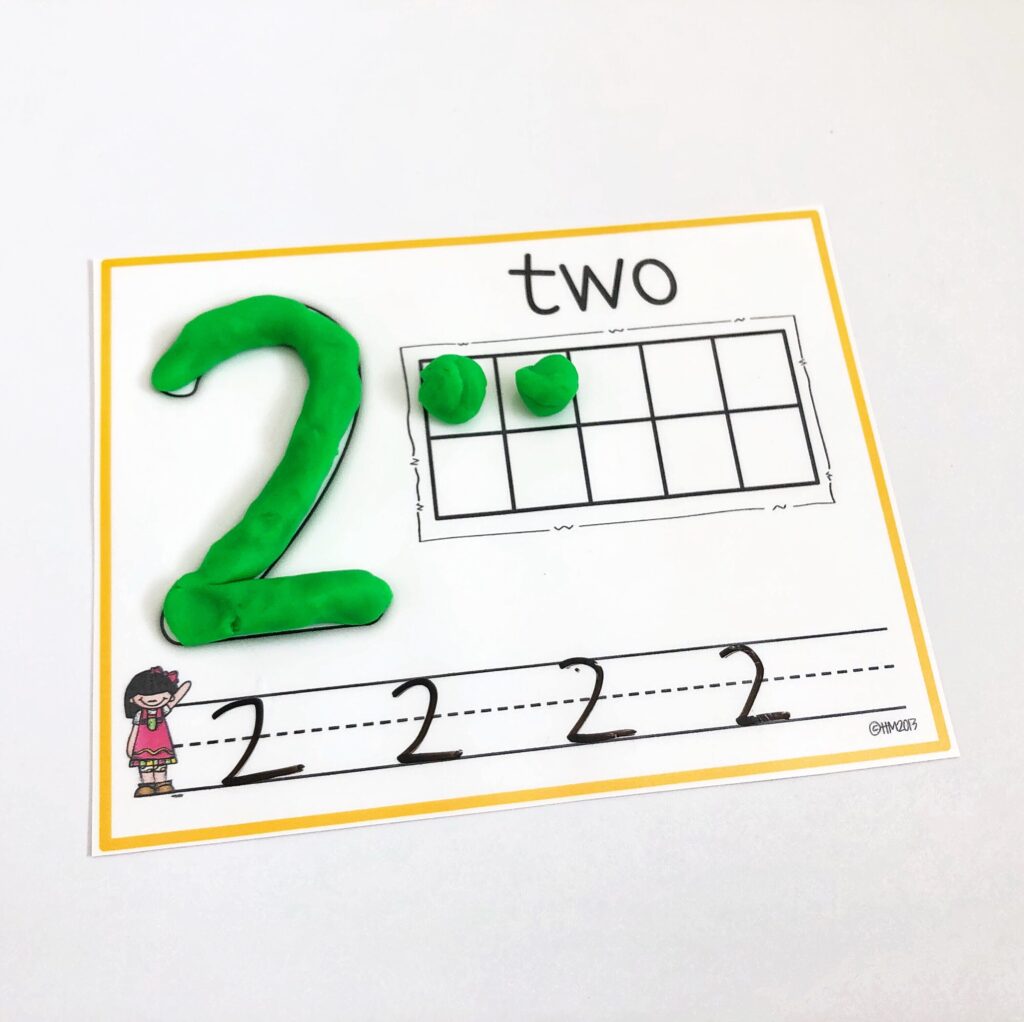
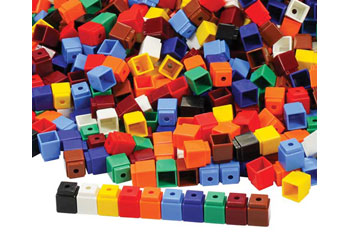
The first year of school goes by different names in different states:
New South Wales & the Australian Capital Territory call it “Kindergarten”; Queensland, Victoria & Tasmania call it “Preparatory” (or “Prep” for short); it’s called “Pre-Primary” in Western Australia; “Reception” in South Australia; and “Transition” in the Northern Territory.
https://www.kidspot.com.au/parenting/primary-school/what-is-the-first-year-of-school-called
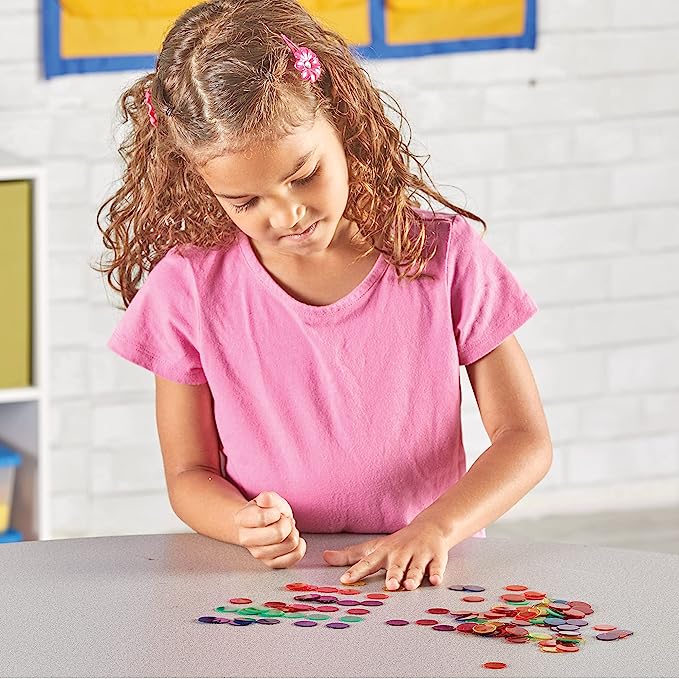
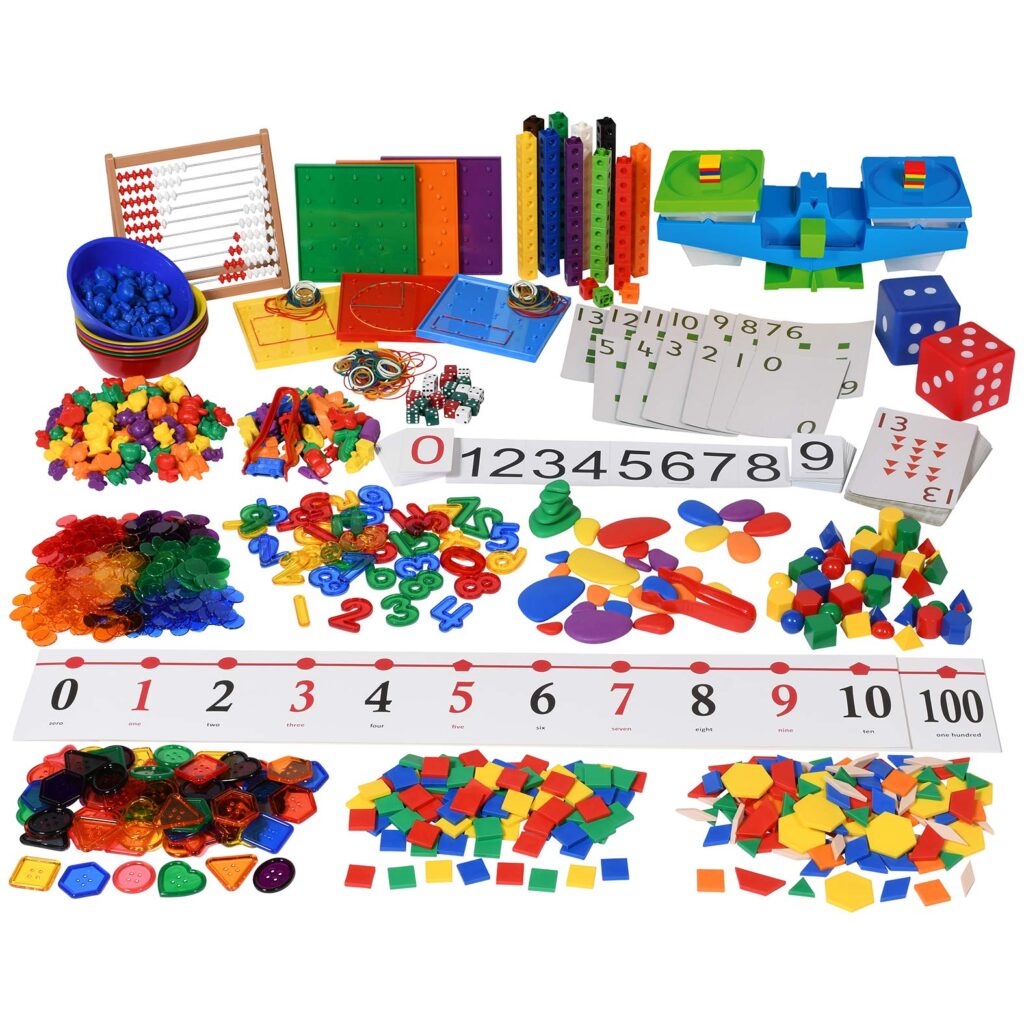

The first year of school goes by different names in different states, but the national Australian Curriculum refers to it as the Foundation Year, so that’s what I’ll refer to it as here. Early childhood teaching resources for Foundation stage maths lessons are quite different from those used in other year levels. There is much less reliance on worksheets, textbook pages and written algorithms. Instead, early childhood teachers use lots of hands-on resources, small group games & exploratory play with numbers to build fundamental number sense.
What the Australian Curriculum Version 9 says about teaching addition strategies in the Foundation Year…
The Australian Curriculum does not list any official strategies to teach for addition & does not prescribe any sets of facts for children to recall. But it does use oodles of fabulous age-appropriate language in the Year Level Description, Achievement Standard & Content Elaborations to describe addition learning in the Foundation Year, such as:
- “explore situations, sparked by curiosity, using physical … materials”;
- “Using role-play and materials to represent mathematical relationships in stories”;
- “build confidence & autonomy”;
- “engage in play-based activities”;
- “partition and combine collections up to 10 in different ways, representing these with number”;
- “students represent practical situations that involve … adding and taking away from collections to at least 10”.

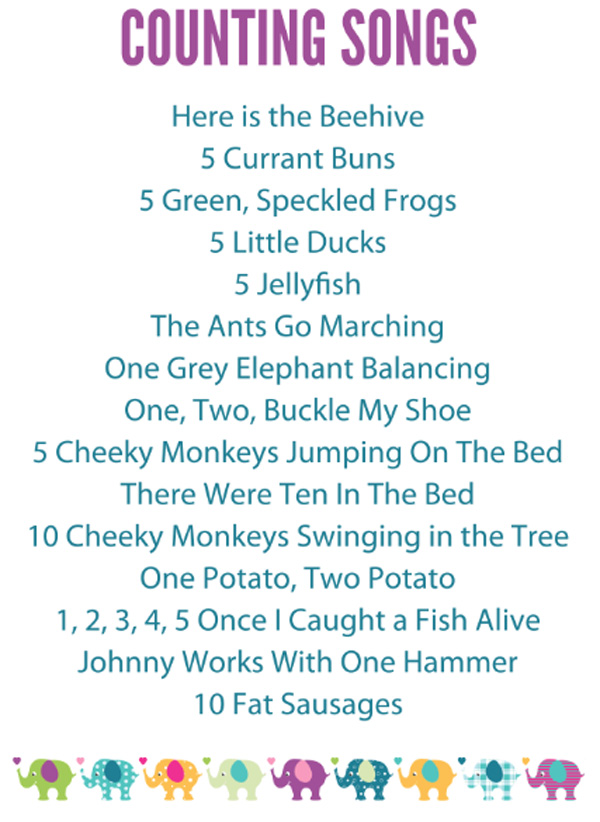
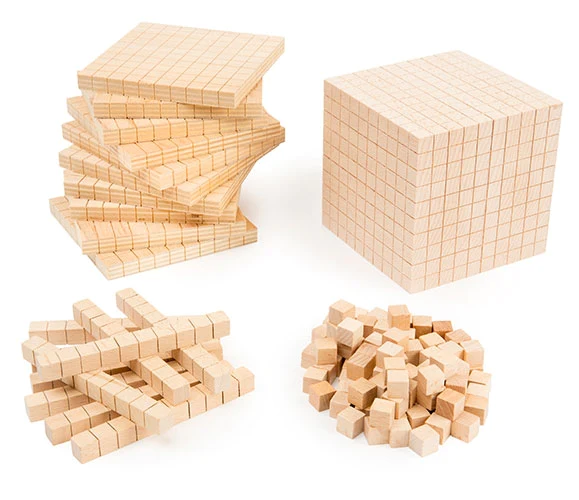
So, in the first year of schooling, learning about addition is firmly grounded in hands-on experiences, subitising, partitioning, combining and counting. This allows children to begin developing concepts of part-part-whole relationships for collections up to 10. Think …
transition games,
exploring numbers with a daily classroom calendar,
counting how many children are present upon roll marking,
building towers of connecting cubes to represent numbers 0 – 10,
stories & rhymes where numbers increase or decrease,
lots of play with counters on ten frames
and exposure to Base Ten materials.
